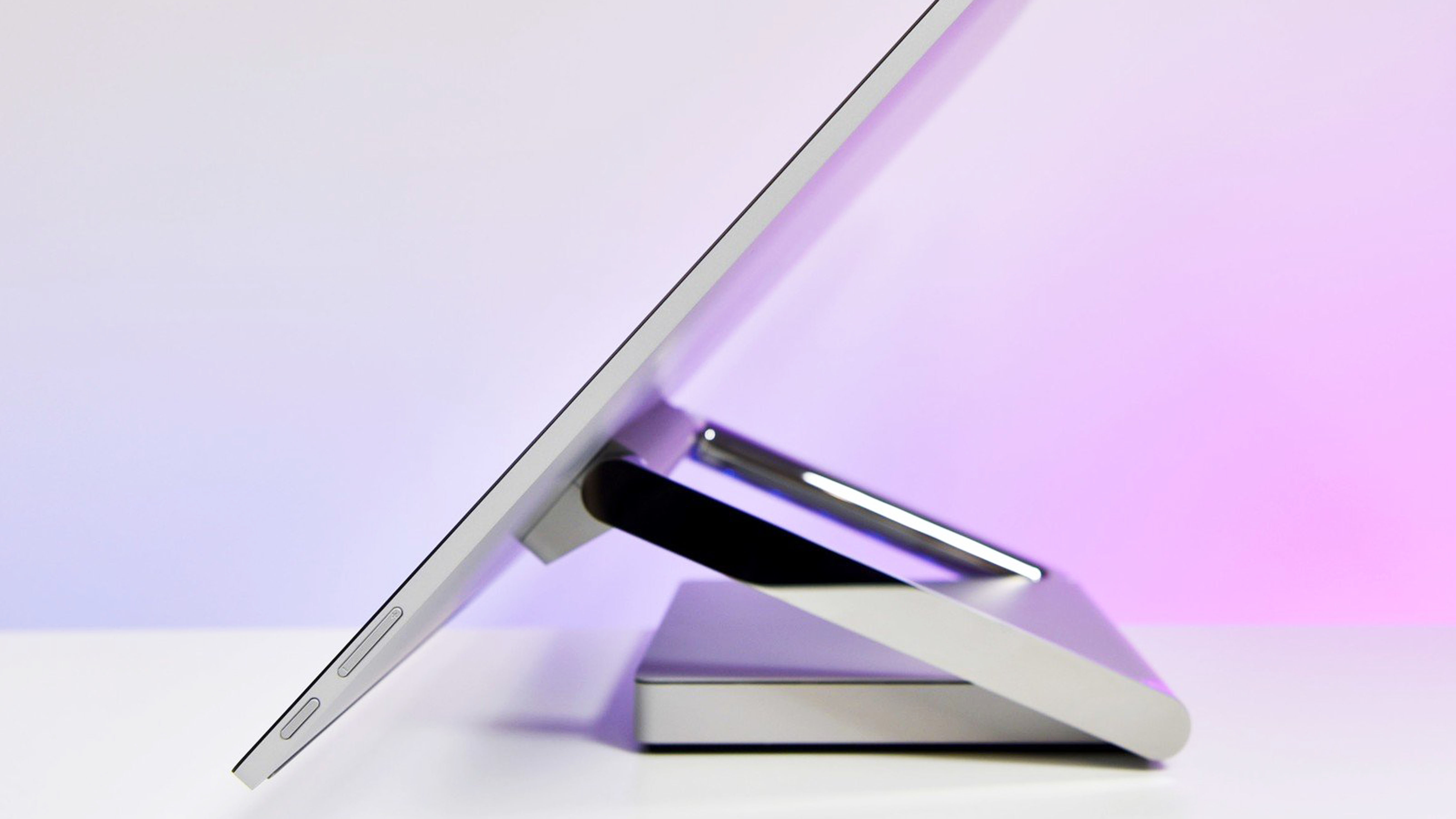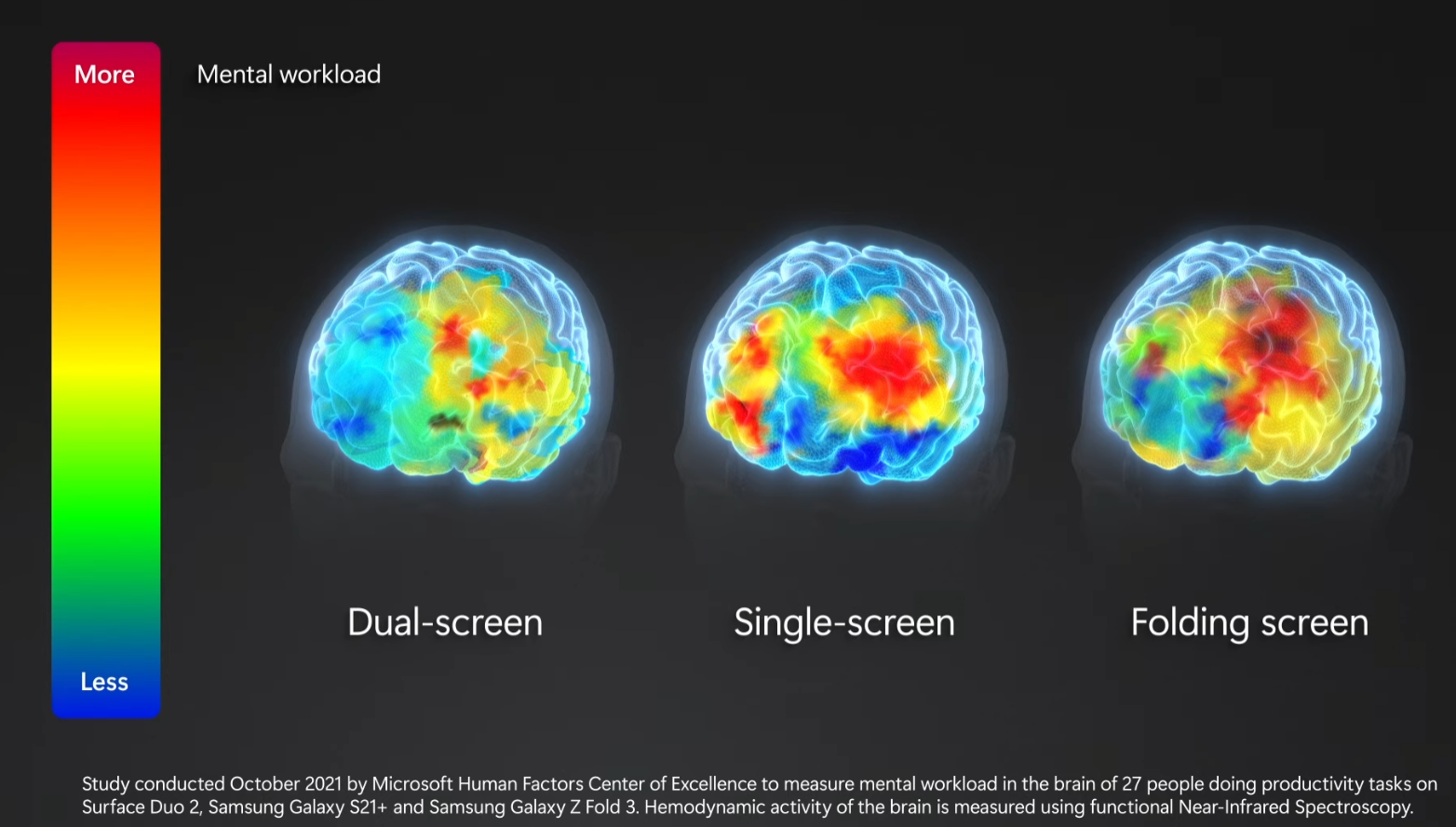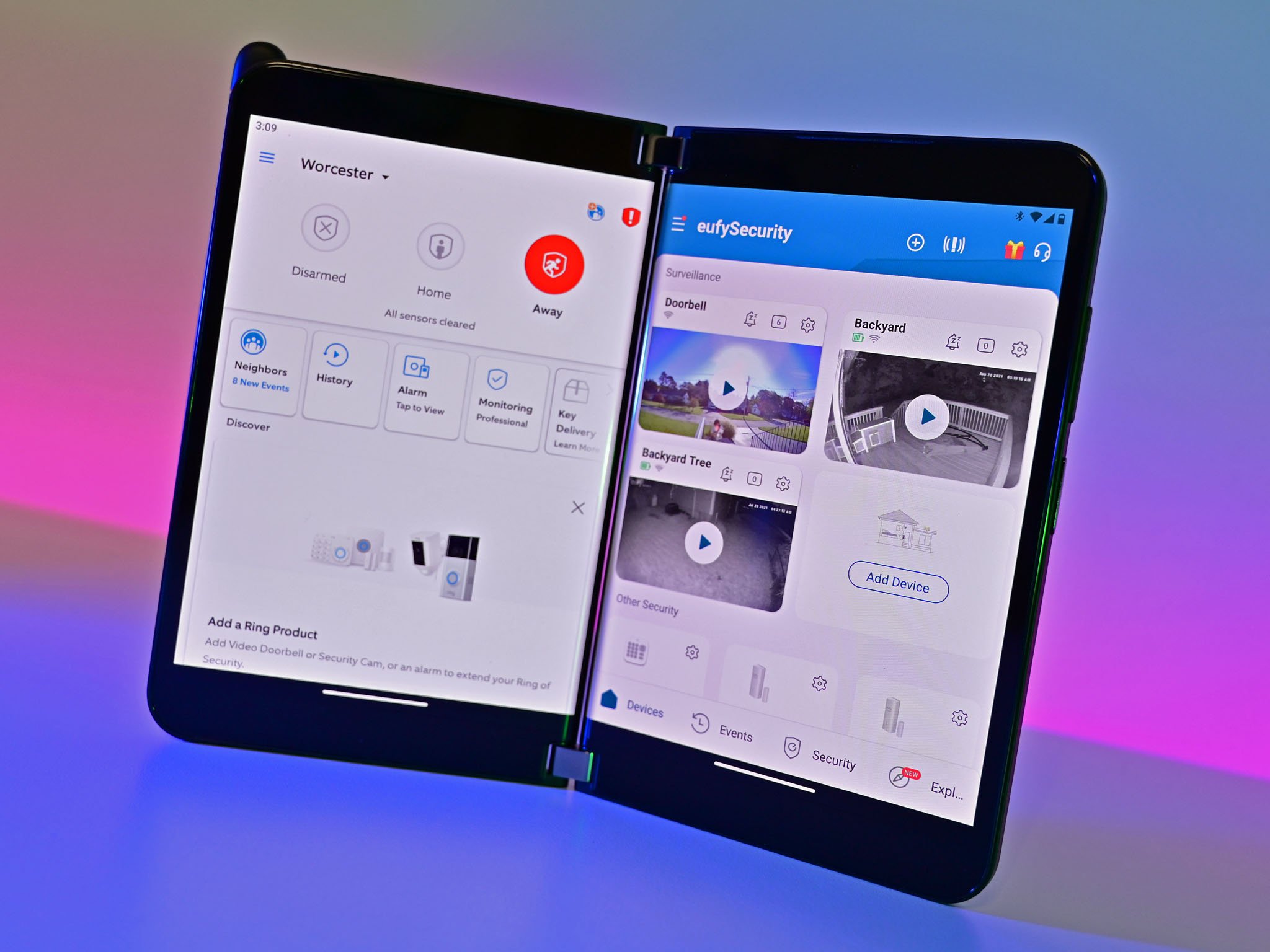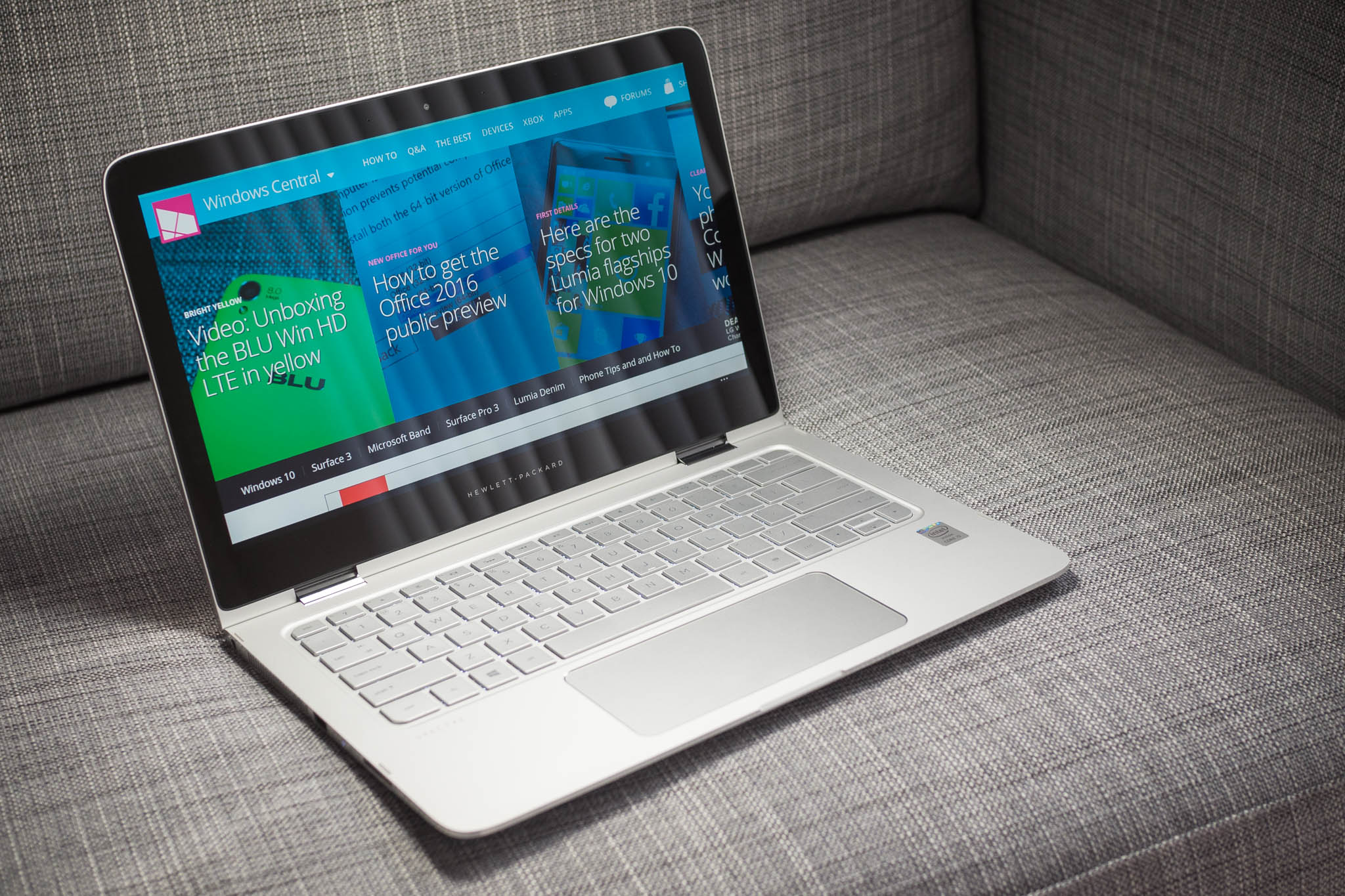When Microsoft first revealed the Surface (and Surface Pro) (opens in new tab) in 2012, many of the first reactions were criticisms. After all, the world’s biggest software company was now getting into hardware. CNN ran the headline “Microsoft hardballs its partners with Surface.” Wired defended Microsoft, but the headline says a lot: “Why Microsoft should screw its hardware partners.”
In 2000, Microsoft was ordered to break up because it was a monopoly. That decision was later appealed and settled, but many of Microsoft’s hardware partners wondered whether Microsoft was heading down the same road again.
Microsoft, it would seem, had an unfair advantage since it controls the OS, and the company could easily prioritize features and optimizations that benefit its hardware over its partners.
Acer infamously rebuked Microsoft stating, “It will create a huge negative impact for the ecosystem, and other brands may take a negative reaction. It is not something you are good at, so please think twice.”
Ouch.
Do HP, Lenovo, Acer, Asus, and Dell now need to compete against Microsoft in the PC space? Should they “find other alternatives” to Microsoft and Windows, as the CEO of Acer suggested in 2012?
Surface represents only a tiny fraction of PC shipments, but it commands overwhelming media attention.
Ten years on, and the answer to that question is mostly “no.” Surface is still a drop in the bucket in terms of PC shipments compared to the big three (Lenovo, HP, and Dell) and even ranks well behind Acer, ASUS, and Razer as well.
They may make our list of best laptops, but Surface just doesn’t sell in volume.
So, what is the point of Surface? They don’t sell a lot (comparatively). They’re always more expensive than the competition. You often get fewer features (and usually not the latest ones). We don’t even know whether the Surface program has ever made a profit for Microsoft. It makes billions in revenue, but is Microsoft making money off them directly, breaking even, or (still) losing money?
We don’t know.
But for Microsoft, there appear to be a few reasons to continue developing hardware. These include:
- Create devices that let users create and express themselves in ways that couldn’t be done before
- Expand on the concept of what a computer can look and feel like
- Set the standard for quality and precision that other OEMs (PC makers) can emulate

One of the dumbest things I hear from people is the clichéd, “But what problem does this solve?” when looking at a new Surface product. While it is the job of engineers to solve problems, the role of the creator — the true creator — is to make something you didn’t know you ever wanted. Apple, especially under Steve Jobs, knew this well.
Panos Panay, EVP & Chief Product Officer at Microsoft, remarked in 2020 that Surface Duo (and all Surface products) are about “challenging conventional thinking … that leads to building new categories.”
These concepts often work for Microsoft. See Surface (Pro), which I’ve argued previously, is one of the most significant innovations in the PC space. This idea of a tablet with an attachable keyboard is now mainstream and used by Apple, Google, and other computer makers. While it hasn’t displaced the traditional clamshell laptop, it has become a consistent option for those who desire its functionality.
A device like Surface Duo, while controversial, is a dream machine for those who must juggle multiple items while being mobile. Microsoft’s research, which relies on measuring hemodynamic activity, even backs up the claim that two screens are better than one (or even a folding screen) and requires the least mental effort while multitasking. Is Surface Duo for everyone? Absolutely not. But is there a market for it? Very likely. It certainly gets people talking (maybe not always for the right reasons).

Other times, the initial concept wows audiences and the tech glitterati but fails to catch on with the public: See Surface Book and perhaps even Surface Studio. That doesn’t mean the effort was wasted, as each release is a teachable moment for Microsoft. It learns, adapts, and moves on to the next thing e.g. Surface Laptop Studio, which replaces Surface Book.
Surface Laptop (and Surface Laptop Go), however, fit into the “setting the bar” motive. After all, clamshell laptops are a dime a dozen, and while many Surface fans asked the company to make a straight-up laptop, it was still an odd deviation from the previous “category-creating” mantra.

But Surface Laptop, despite minimal ports, the lack of modern display technology like HDR or OLED, and its creative use of Alcantara, is still one of the nicest all-around laptops on the market. It’s clean, minimal, and delivers in spades in all the core areas: Audio, keyboard, trackpad, camera, and design. I’m still pleasantly in awe every time I pick one up.
How many laptops in 2022 have no visible ventilation or speaker grills? It’s only the Surface Laptop series.
The third reason, pushing OEM partners to do better, is not trivial. I’ve had many behind-the-scenes conversations with laptop makers in the past, and they all acknowledge that Microsoft has driven them to make better laptops. It’s not just about copying, either.
HP, back in 2015, released its Spectre x360 laptop, and Microsoft gave them out to attendees at its Build conference. It was the first HP laptop that genuinely blew me away in terms of quality, hinge design, and overall features. While HP gets the bulk of the credit, it did work with Microsoft’s Surface engineers to refine that hardware. From there on out, Spectre has been one of the most exciting product lines to watch.

Cooperation between Microsoft and its partners happens much more frequently than you think (Intel also often gets involved). Microsoft told me that the new Surface Laptop SE serves this exact purpose: They want PC makers to look at it and emulate what it has learned. For instance, Microsoft focuses heavily on thermals to ensure that Surface Laptop SE, even when used on a blistering hot summer day, will never reduce its performance when under heavy CPU and GPU load. They would like all student laptops to meet that same standard, and it openly shares its work with partners to achieve that goal.
Surface punches way above its weight, competing against Apple, not in sales but mindshare.
Ten years on, this triple strategy of creating new categories, enabling people to do something they couldn’t do before, and setting the standard for quality has worked. It also results in an interesting paradox: Surface represents only a tiny fraction of PC shipments, but it commands overwhelming media attention. Surface punches way above its weight, competing against Apple, not in sales but mindshare.
Even without beating the competition in sales, Surface manages to steer the hardware conversation in new directions. And that’s the point. Few companies can do so much with so little.
A recent Microsoft job posting (opens in new tab) reveals that the company is continuing “… the journey from a software company toward a product and productivity company …” That means we’ll likely see even more from Microsoft and Surface in the next ten years, and the world of computing will be better off because of it.




